Anti-seism design of DONES

The activities of the design of DONES contemplate and include the implementation of analyses and solutions of seismic engineering conveniently adapted to the site where DONES will be built
The news has reported information about the seismic activity in Granada, caused by the recent earthquakes registered in the area, as well as about its impact on the possible construction of the DONES infrastructure in Escúzar. The aim of this note is to explain that the seismic activity is not new and that it is accounted for when designing the facility.
The metropolitan area of Granada is located at the boundaries between the Eurasian and African tectonic plates. Their activity causes the approximation of the plates by four to five millimetres and around 2000 earthquakes every year, most of which are imperceptible. There is evidence of earthquakes in the area since 1431, causing damages to the Alhambra. At the end of 19th century and in the 20th century, several earthquakes of different magnitudes were registered (from 4 to 8 on the Richter scale). In January and February 2021, three of the earthquakes registered in the seismic activity had a magnitude of more than 4.4.
Nevertheless, according to the seism-resistant Spanish regulation NCSE-02, the entire Iberian Peninsula, including the southeast region, which has always been a seismic area, is characterised by having low to moderate seismic acceleration overall (acceleration values always below 0.3g, i.e., 30 % of gravity acceleration).
The DONES facility will host one of the most powerful accelerators in the world, the main aim of which is to characterise the materials to be used in fusion reactors. It will be built in the Metropolitan Park of Escúzar in an area of approximately 10 hectares. The facility will be comprised of a main building and up to 20 auxiliary buildings. The main building will house the accelerator, the lithium systems, and the cell where the samples of the materials to be irradiated. It will be made of concrete and will measure 160 meters long by 80 meters wide and 34 meters tall.
To design a safe facility in accordance with the site’s seismic nature, a thorough characterization is conducted. After a first study, others follow in order to have a comprehensive and detailed characterization of the site. Knowing the seismic conditions of the area and the site, two levels of seismic design are applicable: a first level focused on avoiding damages to both people and equipment for the lesser frequent earthquakes of large magnitudes and a second level focused on guaranteeing the correct functioning of the facility in the event of the more frequent but with lower magnitude earthquakes.
Concerning the first design scenario, the strategy consists in taking the civil engineering standard as a reference for the design of DONES increasing the acceleration design parameter with a very conservative factor. This approach guarantees the physical safety of people and protects the investment made in a facility of high scientific and technological value. Anti-seismic technologies already used in other scientific facilities such as the ITER fusion reactor or in critical infrastructures such as hospitals and large viaducts are also foreseen in this facility. This results in the use of larger quantities of concrete and steel, as well as the design of favourable structural typologies. Besides, to ensure the maximum possible isolation between the ground and the structure, anti-seismic isolation bearings (ASB) will be included, which can reduce the transmission of acceleration and of ground forces.
The activities of the design of DONES contemplate and include the implementation of analysis and solutions of seismic engineering conveniently adapted to the site where DONES will be built. This will provide a high degree of robustness to the facility, safety for people and protection to the infrastructure.

